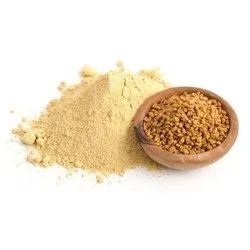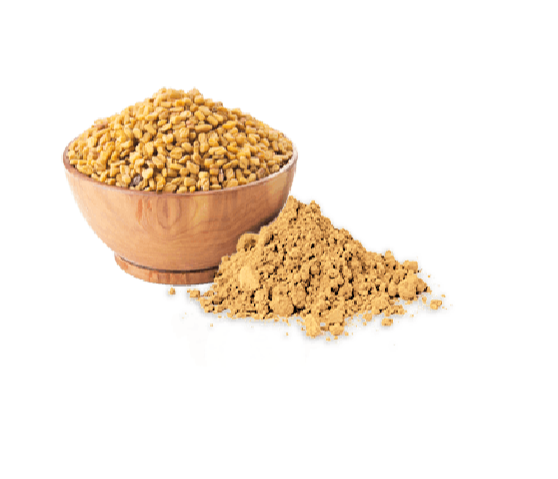+91 94432 44390
Fenugreek is an annual herb known as “Methi” in India, characterized by light green leaves and slender, beaked pods. Each pod contains small, hard, yellowish-brown seeds, roughly 3mm long and smooth, with a distinctive hooked appearance due to a groove across one corner. The seeds have a strong, slightly bitter taste and are used as a spice and flavoring agent.
Plant: Fenugreek is an erect, smooth, herbaceous legume plant, typically reaching heights of 30-60 cm.
Leaves: The plant has trifoliate, pinnate leaves, which are gray-green and obovate.
Flowers: Fenugreek blooms with white to yellowish white, axillary flowers.
Pods: The plant produces slender, beaked pods, 10-15 cm long.
Seeds: Each pod contains 10-20 small, hard, yellowish-brown seeds, which are smooth, oblong, and grooved.
Flavor: The seeds have a strong, sweetish, and somewhat bitter aroma and taste, reminiscent of burnt sugar.
Uses: The seeds are used as a spice and flavoring agent in various cuisines, including Indian dishes, and also in some traditional medicines.
Origin: Fenugreek is native to South-Eastern Europe and Western Asia and is now cultivated widely in India, the Mediterranean, and other regions.


Botanical Name: Trigonella foenum-graecum
Common Name: methi in Hindi/Urdu, vendiyam in Tamil, and Greek hay.
Parts Used: the seeds and the leaves of the plant
Family: Fabaceae
Active Principles: alkaloids, flavonoids, saponins, proteins, and carbohydrates, 4-hydroxyisoleucine.
WhatsApp us
